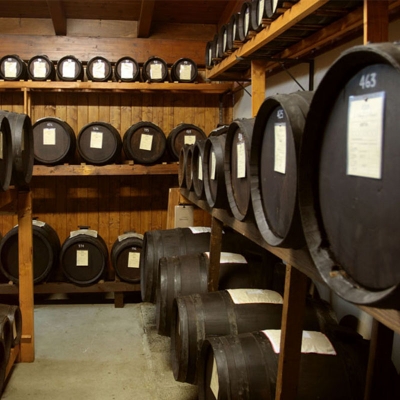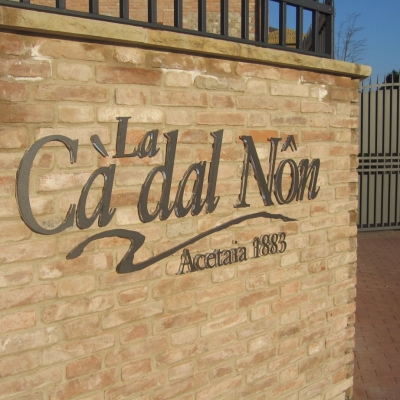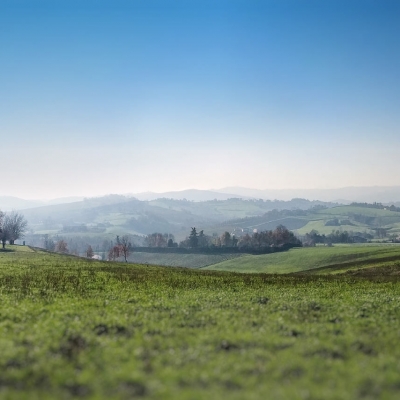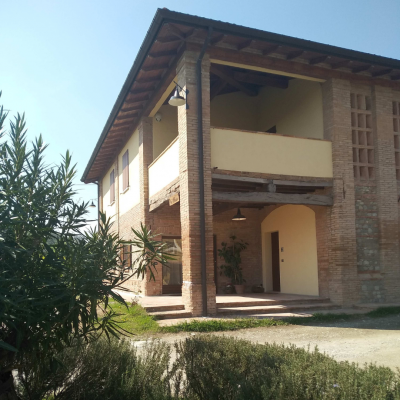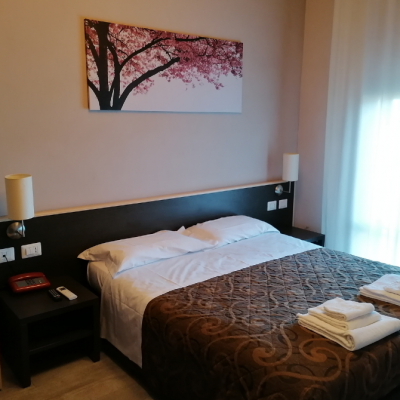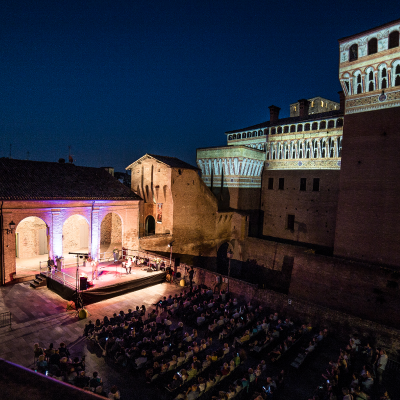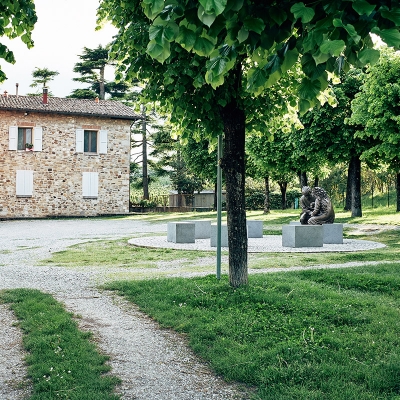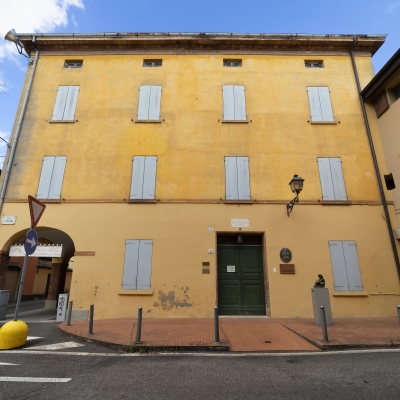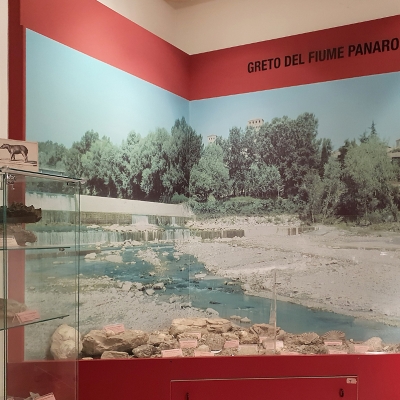Chiesa Plebana
Uno scrigno di dipinti e opere d'arte nel Centro Storico di Vignola
The church was originally located where the entrance porch to the Fortress now stands. The first mention of the church is found in a document of 1185 together with the church of San Martino in Centoripe
When Uguccione Contrari took possession of the fiefdom of Vignola, the church was knocked down to make space for extensions to the Fortress and was rebuilt and extended within the enclosure of Castelnuovo, that is, the residential section included in the new extension of the defensive walls.
In 1680, it was decided that the edifice would be reconstructed because of its poor condition according to the design of master mason, Zaccaria Pellini. However, the decision to retain the old wall of the building was a mistake which created great problems and thwarted the progress of the reconstruction. When the central body of the church was erected, the presbytery and chancel were still incomplete on account of disputes within the parochial community. The completion work recommenced in 1792. On the left side, a sacristy was built beside the presbytery whilst the chancel was made into a rather cramped space behind the main altar.
In 1841, the engineer Cesare Costa, a prominent figure of the architectural culture of Austro-Este, was commissioned to extend the church that had been reduced to a shape of a basilica. The old chancel and the sacristy were then knocked down.
The final intervention came in in 1889 under the direction of the architect, Carlo Barbieri, thanks to whom the façade was completed in classical style with colonnades and Corinthian capitals.
The three-nave interior houses notable paintings such as the Madonna with child and saints, a work by Elisabetta Sirani of Bologna, a follower of Guido Reni, an altarpiece by Francesco Stringa, a piece in the chancel entitled, The Martyrdom of Saints Nazarius and Celsius which is amongst the last works produced by Adeodato Malatesta who was assisted by his son Narciso, as well as a Pietà in gilded bronze by Ivo Soli, a sculptor of the 20th Century and native of Vignola, who became well-known in Milan on account of his statues for Milan Cathedral.
The Campanile
On the left side of the church, crossing Via Fontana, you will see the vertiginous Campanile, which was originally a simple column accessible by way of a ladder made of stone and wood.
It was rebuilt in its current form in 1834, the building project being led by military engineer, Ruggero Bidasio. However, the reconstruction work was interrupted due to lack of funding and reassumed as late as 1890 under the supervision of Carlo Barbieri who gave the pinnacle its current appearance, echoing that of the façade.
The bells were remade in 1875 by De Poli of Vittorio Veneto and tuned starting from the highest to the lowest notes in SOL, LA, RE, SI.
At the base of the Campanile, it is possible to see graffiti engraved by soldiers who were hospitalised in the nearby military hospital during the First World War.
